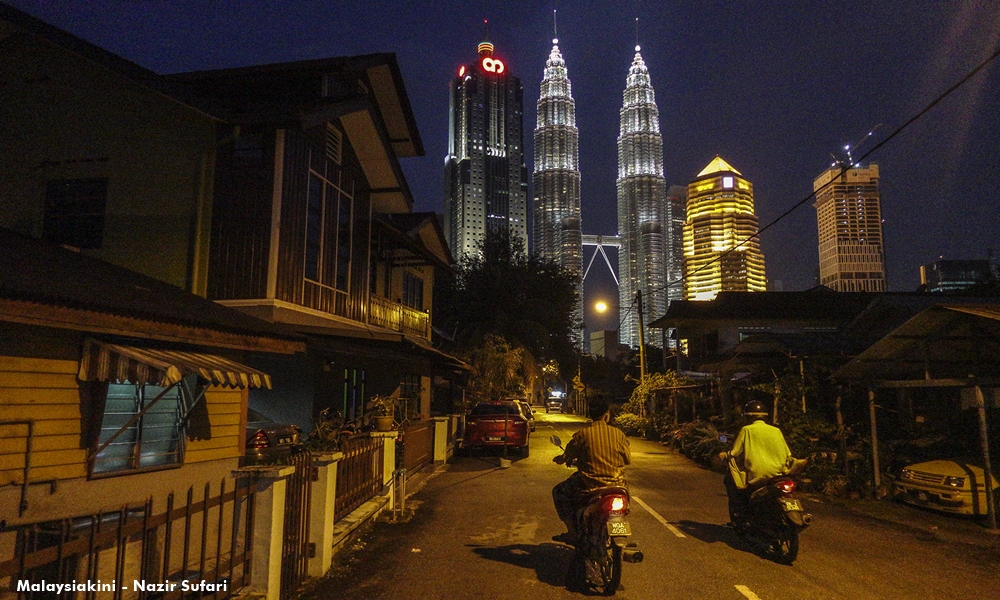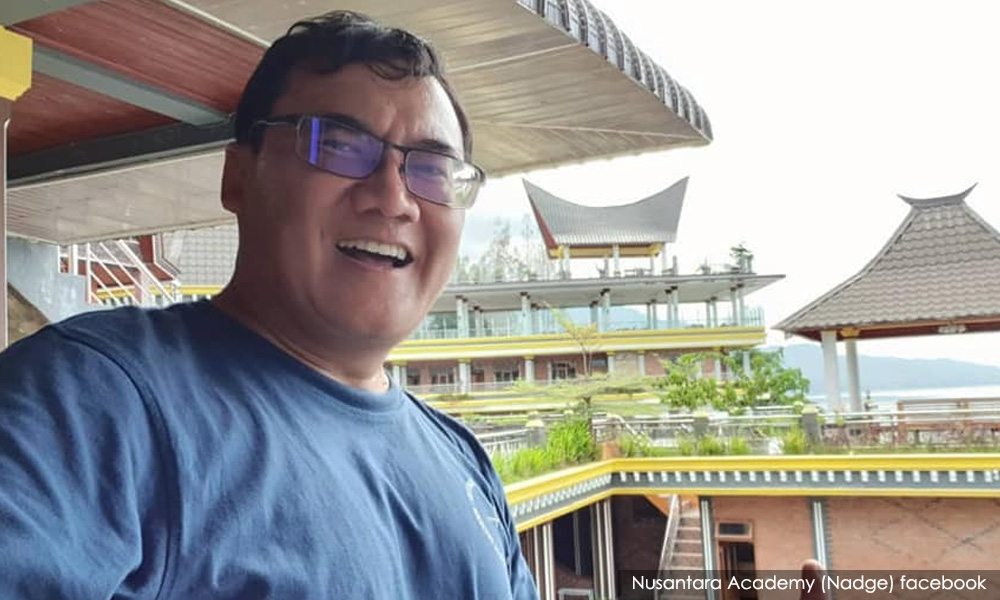
The Kampung Baru development plan does not seem to take into full account the potential of the area as a tourist attraction, especially with its cultural heritage values, according to a heritage historian.
Ahmad Najib Ariffin of the Malaysian Institute of Architects (PAM) Conservation and Heritage Committee said the traditional Malay enclave is already a hub of Malay cultural activities, notably for those seeking gastronomic experience.
"But its intangible values of the existing sense of place must be preserved," he said.
Najib added that other countries have preserved their cultural villages in the city centres and turned them into tourist attractions.
"All the preserved inner city historic centres of the Japanese and European cities are priceless tourist attractions.
"For instance, in Japan, Kyoto's preserved Gion district with its traditional Machiya houses offers all kinds of heritage activities for tourism that generate billions of yen annually.
"Bukchon Hanok Village (in South Korea) is another good example. We should learn how to beneficially exploit this heritage for the socio-economic benefit," said Najib, who authored the book Traditional Architectural Heritage for Modern Malaysian Buildings.
He said that Kampung Baru has the potential to be developed like those attractions.

"Kampung Baru offers a variety of local Malay cuisines. Other than a line-up of stalls and restaurants, it has pasar malam (night market) and bazaar Ramadhan.
"There could be a heritage walking tour for tourists, especially for heritage lovers. We need to retain, preserve, and encourage these further to obtain the same socio-economic benefits that Bukchon, Gion, and European old cities already exploit."
Najib, who is also the founder of the Nusantara Academy of Development, Geocultures & Ethnolinguistics ( Nadge), stressed that the redevelopment of Kampung Baru shouldn't mean that it be filled with "concretes and skyscrapers".
"Cultural heritage value as a tourism attraction demands that any authentic history, culture and heritage be retained, not changed or modernised, or worse, destroyed in the name of 'development'.
"Modernisation is welcomed only in terms of convenience, not 'concretisation' and 'skyscraperisation', as implied by the so-called development," he added.
Previously, the government had announced that the redevelopment of Kampung Baru would include residential buildings including high-rise dwellings, as well as corporate towers and retail complexes.
It had offered to buy land in Kampung Baru in Kuala Lumpur at a rate of RM850 per square foot (psf), as compensation to landowners and heirs, in return for the redevelopment of the area.
Prime Minister Dr Mahathir Mohamad had said that the interest and position of the Malays are the basis for the move to redevelop Kampung Baru as provided for in the Kampung Baru Development Body Act 2011.
Mahathir opined that the area had become congested, messy and uncomfortable, causing Malays to move out of Kampung Baru while foreigners moved in. - Mkini


No comments:
Post a Comment
Note: Only a member of this blog may post a comment.